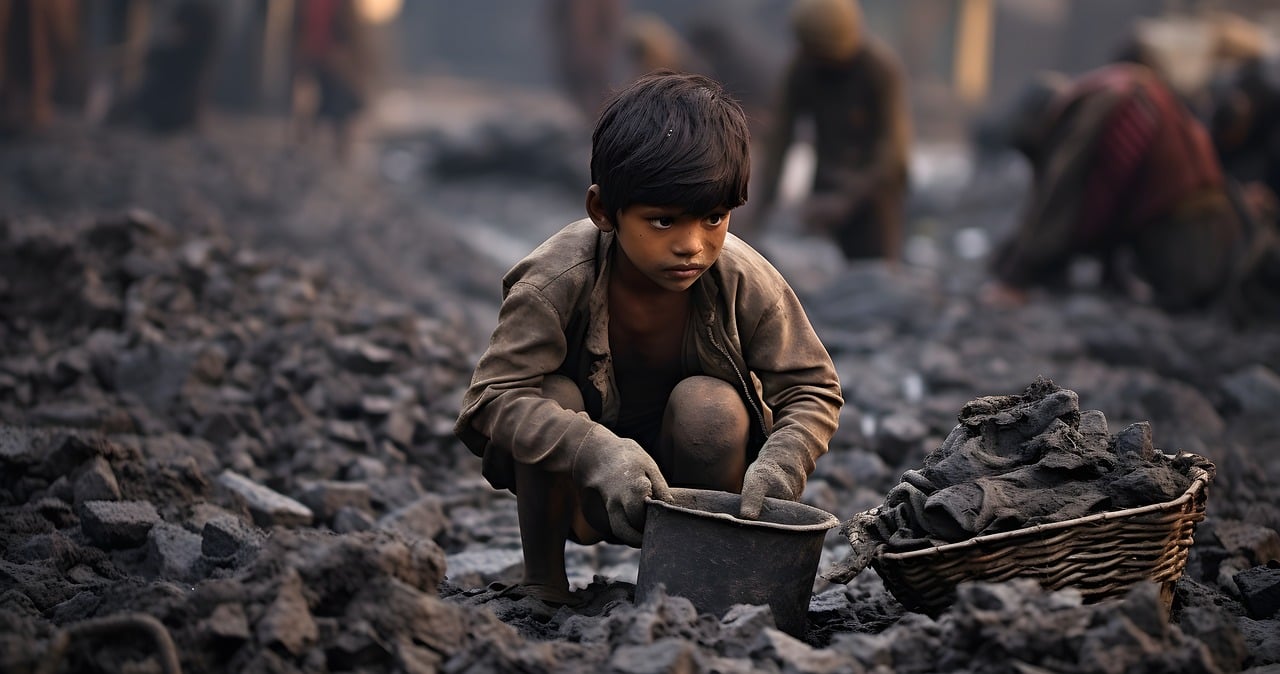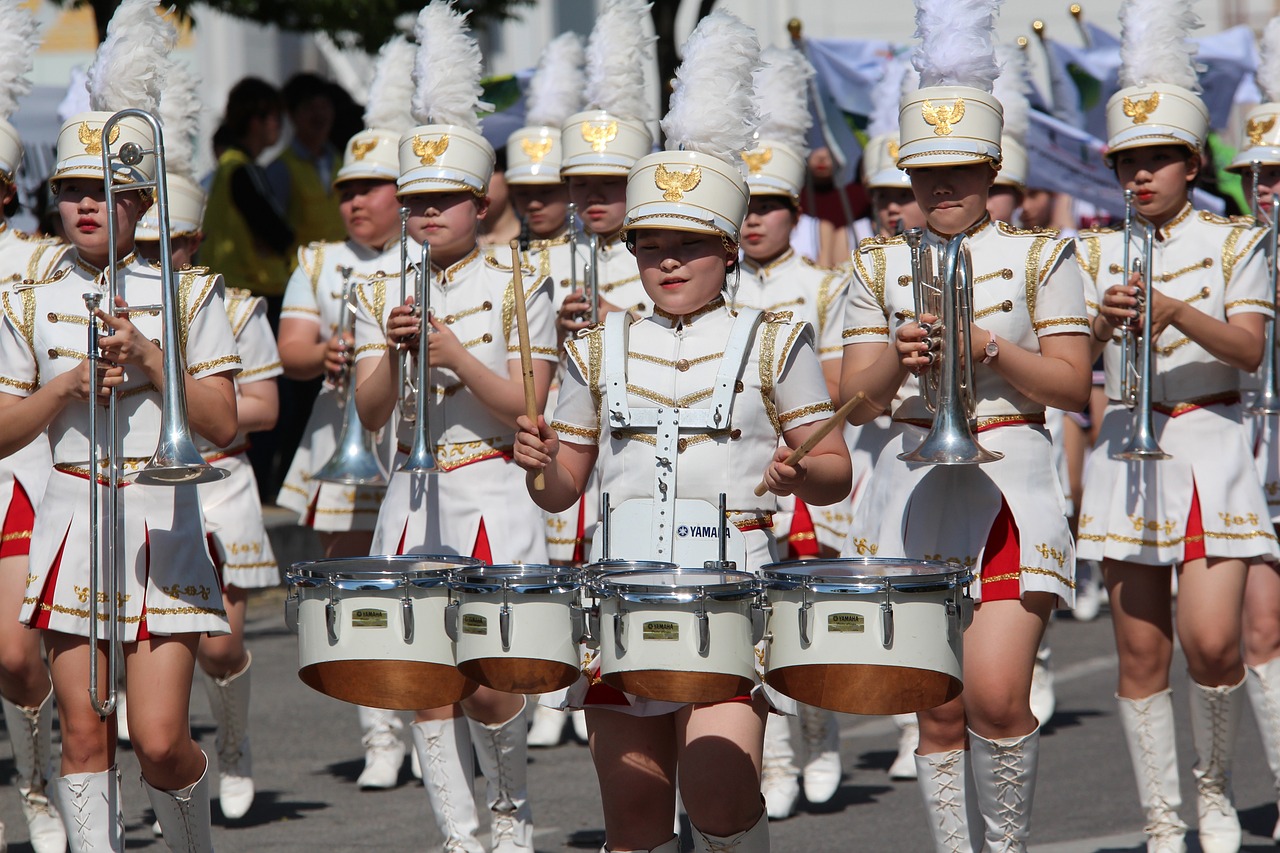Labor Day, observed annually on the first Monday in September, is more than just a long weekend marking the unofficial end of summer. It is a day that honors the contributions of workers and the labor movement, reflecting on the progress achieved through collective effort and advocacy. As we approach this important holiday, it’s worth delving into its history, significance, and how it continues to shape our society today.
The Origins of Labor Day
Labor Day’s roots trace back to the late 19th century, a time when the industrial revolution had dramatically altered the landscape of American labor. The U.S. was experiencing rapid industrialization, leading to grueling working conditions, long hours, and minimal safety regulations. Workers, including children, toiled in hazardous environments for meager wages.
In response to these conditions, the labor movement gained momentum. Workers began organizing strikes and protests to demand better working conditions, fair wages, and reasonable working hours. One of the earliest significant events was the Haymarket Affair of 1886 in Chicago, a rally for workers’ rights that ended in violence and further fueled labor activism.
Labor Day emerged from this climate of reform and struggle. The first Labor Day celebration took place in New York City on September 5, 1882, organized by the Central Labor Union. This early observance was meant to demonstrate the strength and unity of the labor movement and to provide a day of rest and recognition for workers. The idea gained popularity and, in 1894, Congress officially recognized Labor Day as a national holiday.
The Significance of Labor Day
Labor Day serves as a powerful reminder of the labor movement’s achievements. Over the years, the efforts of unions and workers’ advocates have led to significant improvements in working conditions, including:
Eight-Hour Workday: One of the most notable victories was the establishment of the eight-hour workday, a standard that greatly improved workers’ quality of life and set a precedent for future labor laws.

Child Labor Laws: The movement also played a critical role in advocating for laws that prohibited child labor, ensuring that children would not be exploited for industrial work and could attend school instead.
Safety Regulations: Over time, labor reforms have led to better safety regulations and practices, reducing workplace injuries and fatalities.
Minimum Wage and Fair Pay: The push for fair wages and the establishment of minimum wage laws have been crucial in improving the economic well-being of workers.
Modern Reflections on Labor Day
In contemporary society, Labor Day often symbolizes more than just a break from work. It marks a moment to reflect on the ongoing challenges facing workers and the evolving nature of labor.
Economic Inequality: Despite advancements, economic inequality remains a pressing issue. The gap between high and low-income workers has widened, and the fight for fair wages continues. Labor Day serves as a platform to advocate for equitable compensation and better working conditions.
Gig Economy: The rise of the gig economy has transformed traditional employment structures. While flexible work arrangements offer new opportunities, they also come with challenges such as job security and benefits. The modern labor movement continues to address these issues, seeking to ensure that gig workers receive fair treatment and protection.
Work-Life Balance: The concept of work-life balance has gained prominence, with many advocating for policies that support better work-life integration, such as paid family leave and flexible work hours. Labor Day is an opportunity to emphasize the importance of these policies in enhancing workers’ quality of life.

Celebrating Labor Day
Labor Day is often celebrated with picnics, parades, and various social events, reflecting the holiday’s origins in collective gathering and community. These celebrations provide a chance for families and friends to come together and enjoy leisure time. However, they also offer an opportunity to remember and honor the struggles and achievements of workers past and present.
As you enjoy your Labor Day festivities, consider taking a moment to reflect on the historical significance of the day. Whether you’re relaxing with a barbecue or participating in a local parade, recognize that this holiday represents more than just a break from work; it is a tribute to the hard work and dedication of countless individuals who have fought for better working conditions and fair treatment.
Conclusion
Labor Day is a testament to the strength of collective action and the enduring pursuit of workers’ rights. It highlights the progress made through the labor movement and serves as a reminder of the ongoing work required to address contemporary labor issues. As we celebrate this holiday, let us honor the contributions of workers and remain committed to advancing the ideals of fairness, equality, and dignity in the workplace.
So, this Labor Day, while you enjoy your well-deserved break, take a moment to appreciate the history and significance of the day. Celebrate the achievements of workers, acknowledge the challenges that remain, and reflect on how we can continue to build on the legacy of those who have fought for a better, fairer world of work.
